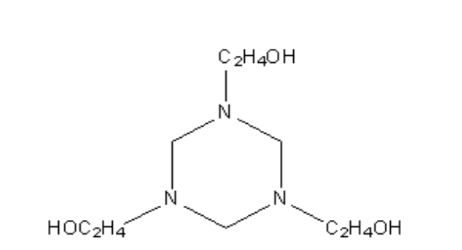Enhanced TDS
Identification & Functionality
- Chemical Family
- Chemical Name
- Tilley Product Number
- Cleaning Ingredients Functions
- Technologies
- Product Families
- Chemical Structure

Features & Benefits
- Labeling Claims
- HII Features
Applications & Uses
- Markets
- Applications
- Home Care Applications
- Product Applications
- STEPANTEX VT-90 is a high-quality fabric softener quaternary for use in household and commercial products. It can be used in a full range of dispersion concentrations with excellent storage stability and formulation capabilities.
- STEPANTEX VT-90 will produce 3 - 20% solids dispersions easily. These dispersions exhibit instant cold water dispersability and provide excellent softening.
- Under certain conditions, STEPANTEX VT-90 can make up to 25% dispersions.
- STEPANTEX VT-90 offers good rewet and is non-yellowing.
Properties
Regulatory & Compliance
- Certifications & Compliance
- Chemical Inventories
Safety & Health
- Health Effects Information
STEPANQUAT 200 is slightly toxic orally (LD50 >763 g/kg) and dermally (LD50 >2 g/kg) causes slight skin irritation and is corrosive to the eye. The product is not mutagenic.
Packaging & Availability
- Packaging Information
STEPANQUAT 200 is available in 55 gallon drums (227 kg), 275 gallon totes (1134 kg) and in bulk quantities.
Storage & Handling
- Storage Condition
- Gloves, protective clothing, safety goggles and face shield should be worn when handling STEPANQUAT 200.
- Avoid contact with the eyes, nose, or prolonged skin contact. Wash thoroughly after handling product.
- It is recommended that STEPANQUAT 200 be stored in sealed containers no lower in temperature than 10 °C (50 °F) or higher than 48.9 °C (120 °F) and kept in a cool, dry place. Avoid overheating or freezing.
- Bulk Storage Information: Vessels, pumps, pipes, transfer lines, and internal hairpin coil should be made of 316 stainless steel.
- Prolonged contact with brass, copper or aluminum piping, containers or equipment should be avoided.
